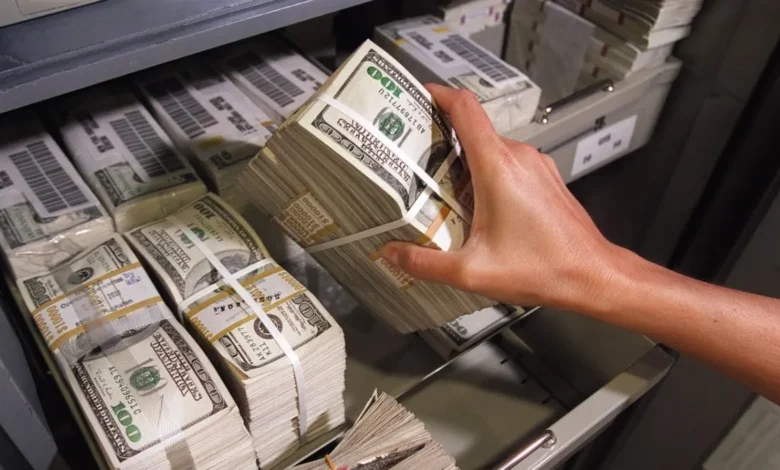Strong Liquidity and Reduced Deficits to Boost Tunisia’s Economic Outlook for 2025

According to Fitch, a top international credit rating company, Tunisia’s banking industry has enough cash on hand to cover government expenditures in 2025 because of strong client deposits and minimal lending to the private sector. Therefore, it is anticipated that the nation’s internal debt—which does not include loans from the Central Bank of Tunisia (CBT)—will climb this year after rising 9% year over year (y-o-y) in 2024.
According to their most recent analysis, Fitch revealed that while private sector lending increased by a slight 1.5% during the same time period, total bank deposits increased by 6% year over year in August 2024.
But according to the rating agency, budget deficits would drop significantly this year to 5.7% from 6.8% in 2024, which will reduce the country’s overall financing requirements.
The estimated decrease is predicated on the idea that Tunisia will pay less for oil subsidies as the price of Brent oil drops by $10 USD per barrel (year over year), reducing spending while government revenue increases due to higher taxes.
But according to the rating agency, budget deficits would drop significantly this year to 5.7% from 6.8% in 2024, which will reduce the country’s overall financing requirements.
The estimated decrease is predicated on the idea that Tunisia will pay less for oil subsidies as the price of Brent oil drops by $10 USD per barrel (year over year), reducing spending while government revenue increases due to higher taxes.
“The 2025 budget for Tunisia increased the marginal personal income tax rate from 35% to 40%, increased the corporate income tax rate from 15% to 20%, and established a ‘exceptional contribution’ of 2% of profits for businesses with revenue exceeding 20 million TND ($62.8 million).”
In 2026, Fitch anticipates that the nation’s fiscal deficit will further decline to 5.5% of GDP, in part due to declining oil prices.
The agency anticipates that in 2025, Tunisia will obtain TND 4.8 billion, or $1.5 billion, from international creditors in the form of external funding.



